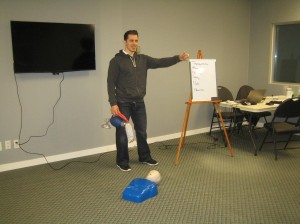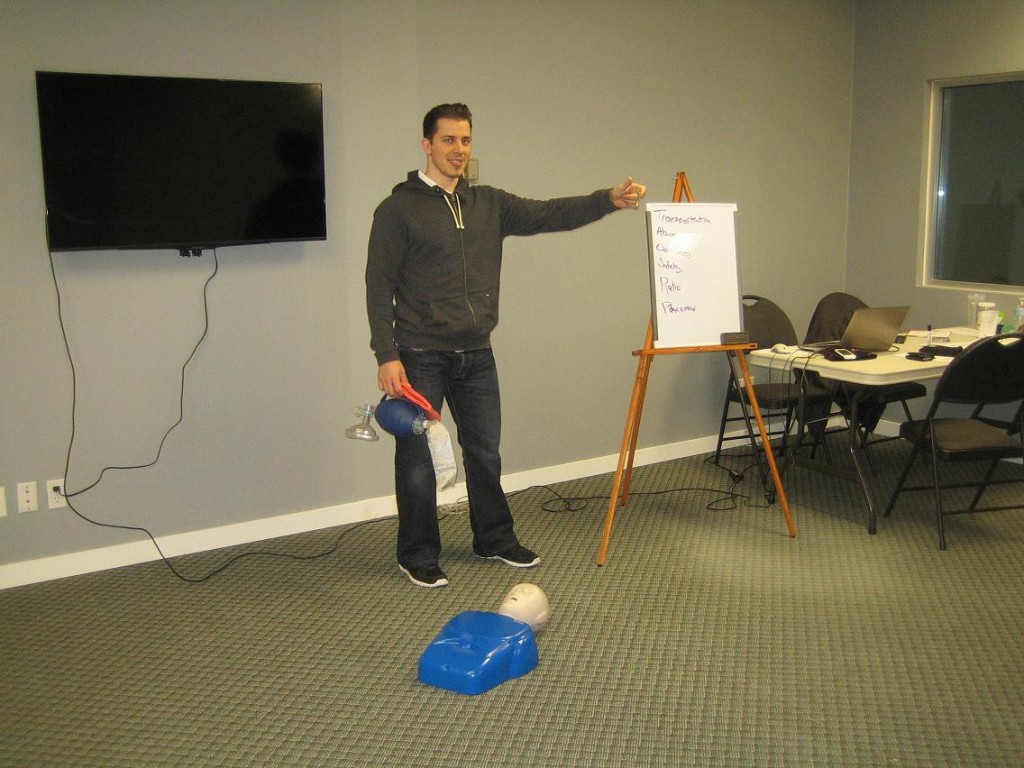Environmental emergencies are considered to be a potential hazard to public health and the Centers for Disease Control (CDC) has been very active in assisting the public with regards to the proper environmental emergency response. The threat of environmental hazards includes the contamination of the water, land and air. It does not only constitute public health emergencies like a disease outbreak, but it also involves natural disasters and acts of terrorism. The CDC prescribes three major emergency responses to an environmental emergency condition, namely getting an emergency kit, make a plan and be informed.
Getting an emergency kit

If a disaster hits your place, it might be difficult for you to find access to food, water, or electricity. It is thus important to gather the necessary supplies that you will need for survival. Taking medical supplies is important as well. Pack them in easy-to-carry containers that are properly labeled. The CDC recommends that you involve children in gathering items while explaining to them what to do during an emergency. Make sure to have these items in your emergency kit supplies.
- Water (one gallon per person per day)
- Food- nonperishable
- Flashlight
- Battery powered or hand crank radio
- Extra batteries
- First aid kit
- Medications
- Sanitation and hygiene items
- Copies of personal documents
- Cell phone with chargers
- Family emergency contact information
- Extra cash
- Emergency blanket
- Map of the area
- Extra set of car and house keys
- Manual can opener
Tips from the CDC regarding gathering emergency kits:
- Consider storing two weeks of food supply. Foods should be non-perishable, such as noodles, canned goods and dry mixes.
- Store at least 3-day supply of water for each family member
- If you have pets, you have to store food and water for them too
- Learn where your gas and electric switches at home
Make a plan
You and your family may not be together during an emergency. It is necessary to create a communication plan where you can find each other in case you were separated. It is necessary to know the type of disasters that commonly takes place in your area and look for a safe place in your neighborhood that could provide you a safe shelter momentarily. Find the best escape routes in your home and always educate children about the proper behavior in cases of emergencies.
Be informed
You and your family should know what type of emergencies occur at your place and learn the best way of overcoming them. Getting prepared can help save life and can make a big difference in terms of survival. Make sure to be updated on the latest news and disaster bulletin issued in your place.
Reference:
Center for Disease Control and Prevention. Emergency Preparedness and You. Retrieved on June 27, 2014 from http://www.bt.cdc.gov/preparedness/index.asp.

